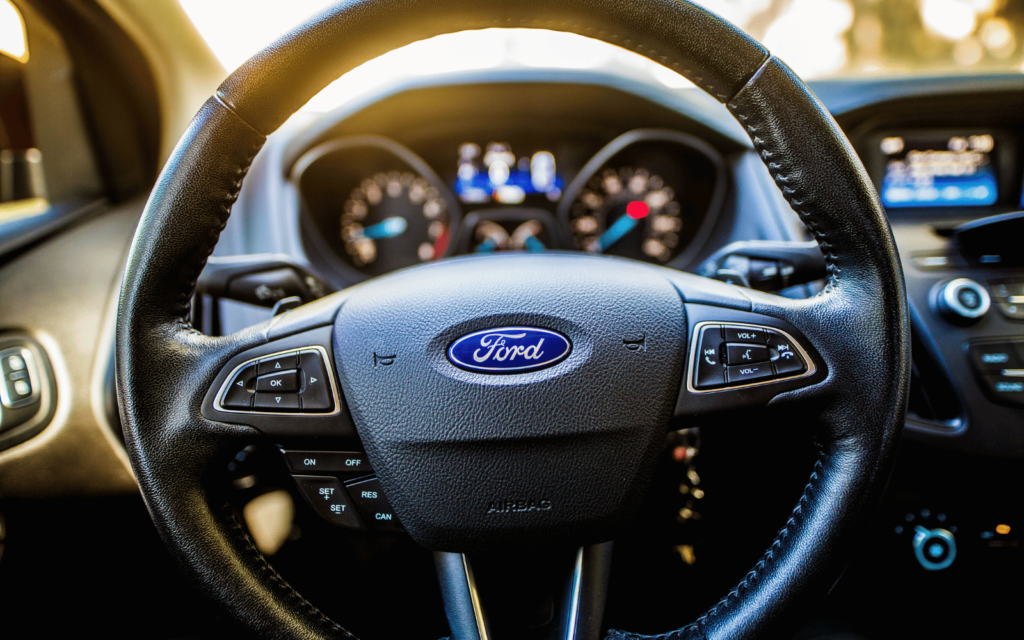Ford has figured out a use for self-driving cars that you can bet every other car manufacturer is about to develop in a hurry. The American automaker filed for a patent in 2021 that was published in late February. It describes a vehicle that’s able to up and bail on an owner that has stopped paying for it.
The patent, called Systems and Methods to Repossess a Vehicle, deals with autonomous, semi-autonomous, and conventional vehicles. In the latter case, the company could “disable a functionality of a component… or may place the vehicle in a lockout condition.” That’s a remote shutdown of the car you’ve stopped paying for. Unpleasant, but understandable from a financial point of view. But then there’s the autonomous vehicle.
Can’t afFord it anymore?
If the no-longer-being-paid-for Ford features any sort of autonomous driving capability, the patent reckons that it’s a good idea to “…move the vehicle from a first spot to a second spot that is more convenient for a tow truck to tow the vehicle…[or] move the vehicle from the premises of the owner to a location such as, for example, the premises of the repossession agency”.
But that’s not the best part. The best part is that if the vehicle has been abused to the point where recovery doesn’t make any financial sense, it’ll just drive itself to a junkyard.
Read More: Rolls-Royce hopes to take to space with a miniature nuclear reactor of its own design
The patent covers a lot of ground when it comes to recovering a vehicle from an owner who has slipped up, including enterprising drivers attempting to circumvent the repossession. Typically, that would mean locking it in a garage. In that case, the car’s sensors having detected its imprisonment, it would call the cops to come and let it out.
As with most patents, there’s no guarantee that Ford will ever use this one in a vehicle — even if the method makes a horrible sort of sense. The Drive, the website that first clocked this patent, points out that no vehicle manufacturers are officially working on something like this. We’re willing to bet there are R&D guys everywhere whacking themselves on the head and saying “Why didn’t we think of that?”, however.
Source: The Drive




